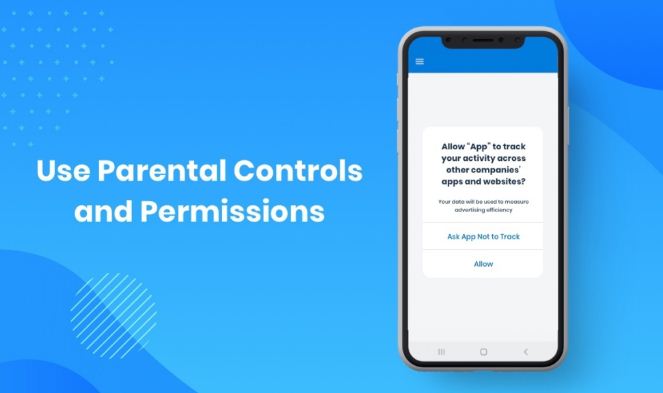The concern for the impact of children’s phone usage on their well-being has reached a crescendo. Parents are now fervently advocating for new restrictions, rules, and guidance surrounding their children’s access to these devices, recognizing the potential dangers they pose. As the debate intensifies, it becomes evident that a more nuanced and proactive approach is essential to safeguarding young minds in today’s tech-centric society. This news blog discusses about how to use parental controls to keep children safe on android.
The calls for new regulations highlight the pressing need to address the growing concerns regarding children’s phone usage. Advocates argue for stringent rules to govern the allocation and usage of smartphones among the younger demographic. This includes setting age restrictions on acquiring smartphones, limiting screen time, and closely monitoring children’s interactions on social media platforms. By implementing such guidelines, parents aim to curtail the negative influences and potential harm that excessive phone use can have on their children’s physical, mental, and emotional development.
Moreover, there is a strong emphasis on promoting a thoughtful and responsible approach to managing children’s access to online platforms, especially social media, which can be rife with harmful content and cyberbullying. Parents are increasingly cognizant of the need to educate their children on safe online behaviour and the importance of digital literacy. By fostering open communication and setting clear boundaries, families can cultivate a healthy digital environment that prioritizes the well-being and safety of children in a connected world.
Recognizing the urgency of the situation, tech giants like Apple and Google have stepped in to offer tools and features that assist parents in monitoring and controlling their children’s phone usage. Apple’s Screen Time settings and Google’s Family Link app provide parents with the means to regulate screen time, limit access to specific apps, and enforce content restrictions. While these tools may not eradicate all online risks, they serve as valuable resources in empowering parents to mitigate potential dangers and guide their children towards responsible digital habits.
The implementation process for these parental control tools is relatively straightforward, yet the impact they can have on shaping children’s digital behaviour is profound. By navigating through the settings on iPhones and Android devices, parents can activate features that promote healthier phone habits and create a safer online environment for their children. From setting time limits on app usage to blocking inappropriate content, these tools offer a comprehensive solution to the intricate challenges posed by unrestricted phone access for young individuals.
As the dialogue on children’s phone usage continues to evolve, it is evident that a collaborative effort is essential in addressing the multifaceted issues at hand. Parents, educators, tech companies, and policymakers must work together to establish comprehensive guidelines and resources that prioritize the well-being and safety of children in the digital realm. By fostering a culture of responsible phone usage and promoting digital literacy, we can empower the next generation to navigate the complexities of the online world with resilience and awareness.

